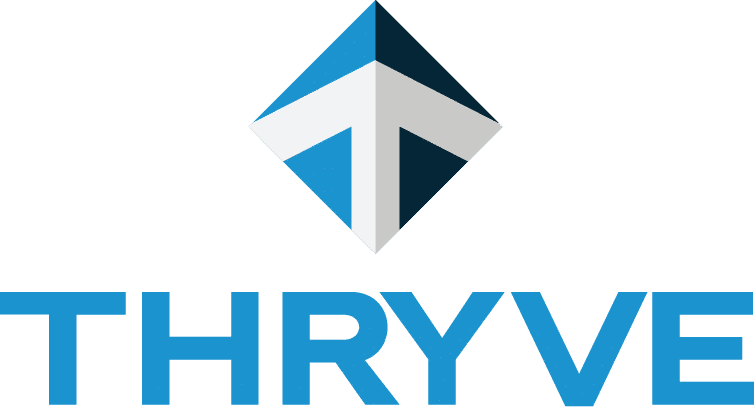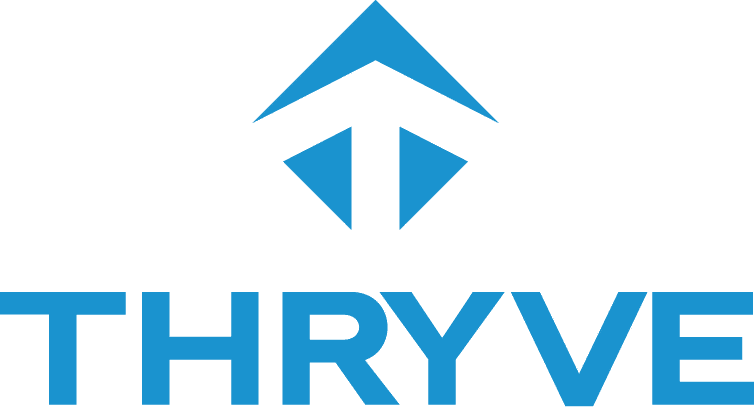Small business owners often find themselves perplexed when choosing the best financial model for their startup. Is there a one-size-fits-all solution? Not necessarily, but understanding your options is the key to making a sound decision.
Funded by Owner (Bootstrapping)
Self-funding, or bootstrapping, is when you start a company using your resources to cover initial costs. This model is appealing because you retain full control over your business decisions without the need to answer to investors or lenders.
On the other hand, the risk is all on you. You have to be ready for the possibility that you may lose all the money you invested in the business.
You also may not have the personal resources on hand to be able to fund the business with the necessary amount of liquidity.
A bootstrap approach doesn’t mean you’re on your own forever; many businesses begin with personal funds and later seek additional financing once they have proven their model.
Debt Financing
A more traditional route is debt financing, which involves borrowing money to be repaid with interest. This can come from various sources, such as bank loans, credit lines, or even friends and family. An advantage of debt financing is that you maintain ownership of your company—creditors are not owners and have no say in business decisions beyond the loan terms.
However, keep in mind that debt must be repaid regardless of your business success or failure, which could put a strain on your cash flow. Also, borrowing may be tough for brand-new startups without a financial track record. Thus, this option might be more suited for businesses that have been operational for some time and have the cash flow to service debt.
Equity Investors
Equity financing requires giving up a slice of your company in exchange for capital. Investors can provide funding and, in most cases, also bring expertise and valuable networks to your business.
Unlike a loan, if your business does not succeed, you don’t have to pay back these funds. On the flip side, you lose a degree of control since investors will have a say in how the business is run and will likely aim for a higher return on their investment.
Private Equity
Private equity is similar to equity investors, but the investors are usually firms that make substantial investments in larger, more established companies. For small startups, private equity might not be an immediately viable option. You can put the people and processes in place to be attractive to an eventual private equity exit even as a small company.
Private equity firms often have significant cash available to invest and offer higher multiples with the goal to streamline operations, increase profitability, and eventually sell the business at a higher valuation.
Making the Decision
Determining the best finance model for your startup depends on several factors: your risk appetite, how much control you want to retain, the amount of capital needed, and your long-term business goals. Here are some questions to consider:
-
- How much capital do you need to start?
-
- Are you comfortable taking on debt, and can you afford to repay it?
-
- Are you willing to give up a portion of your ownership and control?
-
- What kind of expertise or additional benefits do you want from your funding source?
In Conclusion
Your choice of financial model is a pivotal decision that can steer the future of your startup. Funded by owner, debt, equity, or private equity – each approach has potential benefits and drawbacks. Reflect on your business needs, speak to financial advisors, and carefully weigh the options available to you as you consider which funding source will propel you forward as a business.

